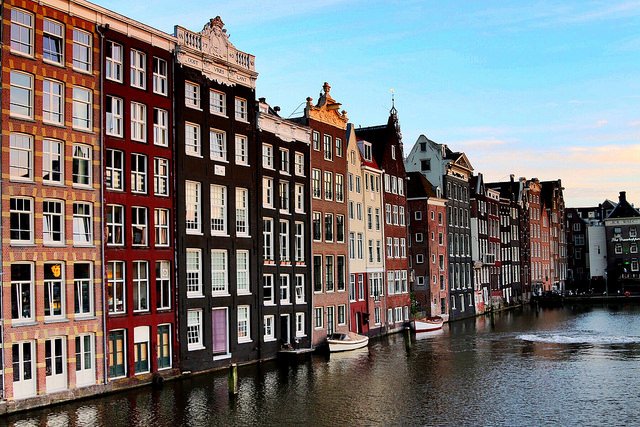
Thermal discomfort will substantially increase in The Netherlands. This was concluded from an analysis of 4 climate change scenarios for 2050 compared to 1976 - 2005. The scenarios represent the bandwidth of climate change that is considered likely in the Netherlands according to the Royal Netherlands Meteorological Institute. Thermal discomfort is governed by a number of factors, including air temperature, the human body’s net radiation, wind speed, humidity, human activity, and clothing.
In the analysis, climate characteristics were used to calculate an index that describes thermal discomfort. This index is the so-called physiological equivalent temperature (PET). The PET index is defined as the air temperature at which, in a typical indoor setting (without wind and solar radiation), the heat budget of the human body is balanced with the same core and skin temperature as under the complex outdoor conditions to be assessed. As such, PET enables a layperson to compare the integral effects of complex thermal conditions outside with his or her own experience indoors. The defined classes indicate slight heat stress (PET: 23–29°C), moderate heat stress (PET: 29–35°C), strong heat stress (PET: 35–41°C), and extreme heat stress (PET: 41°C or higher).
According to the analysis, the amount of hours with heat stress will substantially increase in the future, with most scenarios resulting in a doubling of the hours with heat stress (PET>23°C). The number of hours with strong to extreme heat stress (PET > 35°C) will increase by a factor 1.9 – 5, depending on the scenario. While the class of the most intense heat stress (PET > 41°C) is currently absent in the Netherlands, it may appear for 14h per year in the most extreme scenario considered by 2050.
There are ways to circumvent this increase of thermal discomfort via interventions in urban planning. For instance, the construction of parks with sufficient water supply and tall, isolated, shade-providing trees that allow for adequate ventilation are recommended for planning.
Source: Molenaar et al., 2016. International Journal of Climatology 36: 1708–1723.
Photo: Amina Tagemouati (www.flickr.com)








